Just a few days ago I read up about variations in the magnetic field of earth and how these can be used to detect northern lights. Since there have been sightings of northern lights quite recently even in major parts of Germany I became interested in the topic.
A common type of magnetometer is based on the fact that the magnetic core of a coil will go into saturation at a certain current through the coil and when it does, its permeability drops. This drop can be picked up by a second coil. By clever arrangements in the form of a toroid or two parallel rods with opposite magnetic flux, the influence of the primary current on the readout coil will cancel out. Only the slight asymmetry in the external magnetization of the core will lead to a slight shift between both halves of the sensor going into saturation and this gives the output signal.
I decided to do some tests with quick-and-dirty wound fluxgate structures. One is based on a toroidal ferrite core of completely unknown characteristics which I had lying around, the other is tubular, based on two rods which are composed of two ferrite beads each, Amidon FB-73-101. The ideas behind the designs can be found in Don Lancaster’s Hardware Hacker from December 1988 and in a building description from RHR Laboratories from 2000. In the latter emphasis was put on the importance of developing the right core ferrite – I used the first one which fell into my hands…
Here are the results:
Toroidal fluxgate
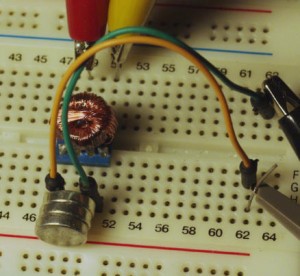
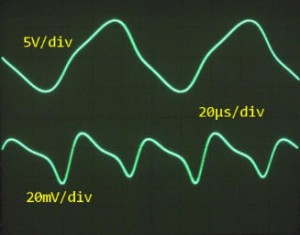
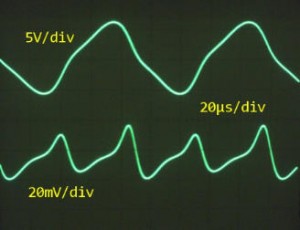
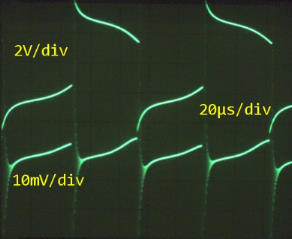
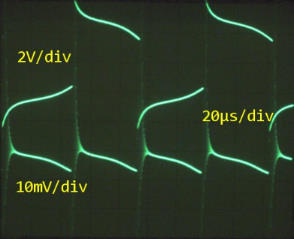
Tubular fluxgate
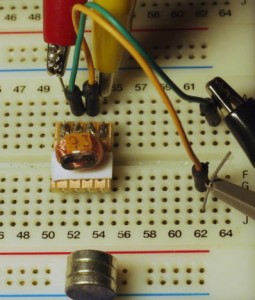
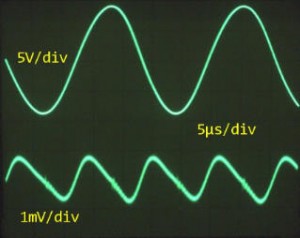
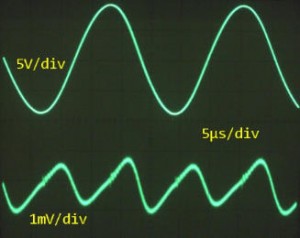



I am not sure where you’re getting your info, but good topic.
I needs to spend some time learning more or understanding more.
Thanks for fantastic information I was looking for this information for my
mission.
The basic information you will find in physics text books, online sources on the internet and scientific publications.